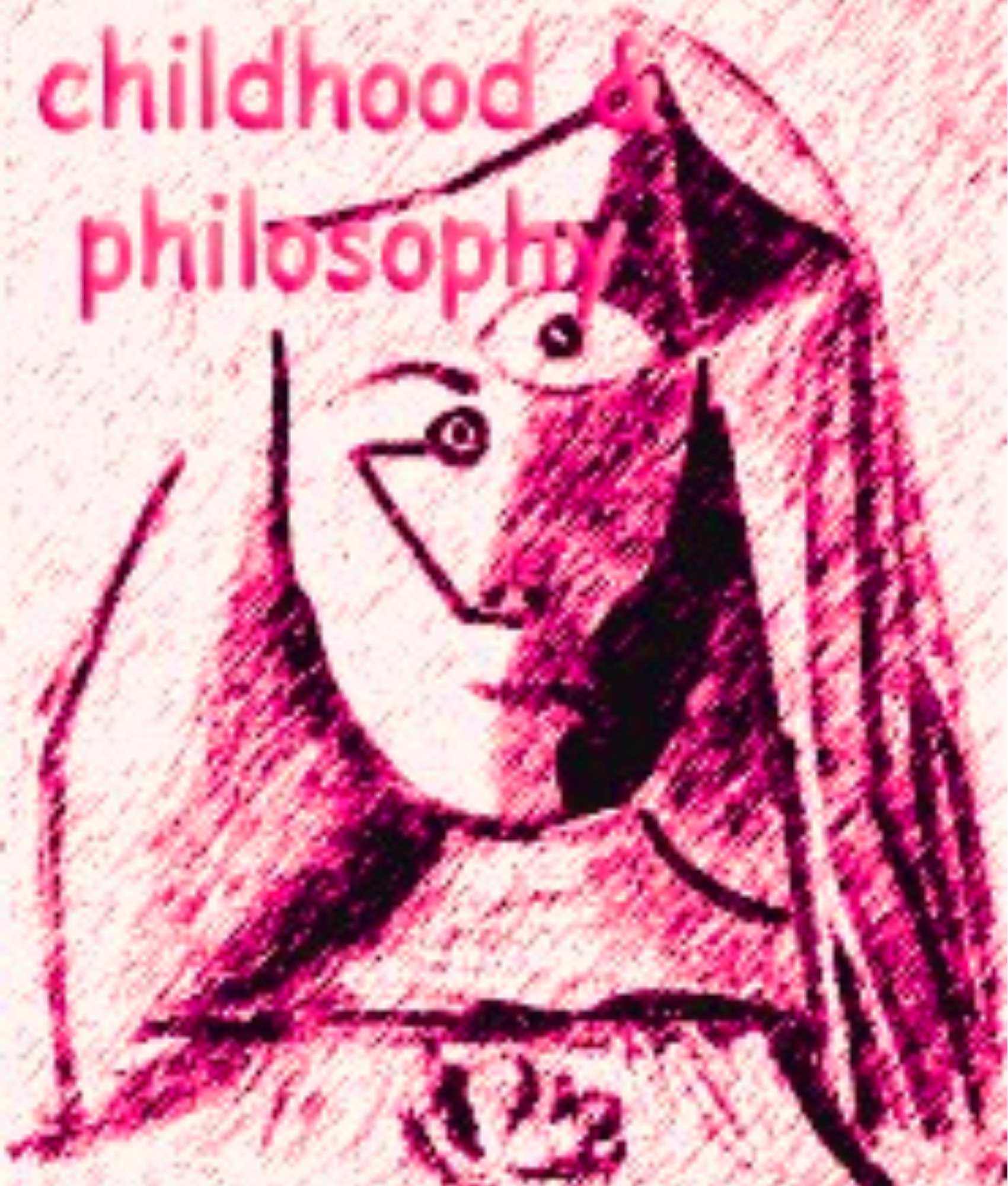child youtubers and specific goods of childhood: when exploration and play become work
DOI:
https://doi.org/10.12957/childphilo.2022.64682Parole chiave:
parasocial relation, youtube, microbloggers, vulnerability, social mediaAbstract
This article explores the nature and consequences of being a successful child YouTuber as a new form of both child labor and play in the social media era. This new child activity can in principle act as an enhancer of child autonomy, creativity, and some specific goods of childhood, such as play, and exploration. However, the impact of becoming a micro-celebrity as a video blogger at a young age is to some extent underexplored. Thereby, I bring into the ethical discussion the specific conditions of this activity, such as overexposure, and adultization. By doing so, I show how it can turn out to be a threat to child’s well-being and well-becoming, especially in relation to the identity construction and intrafamily dynamics. I highlight its double role as both an enhancer of childhood’s specific goods and child vulnerability, especially when it becomes a silent form of subjugation. Thereby, I suggest that the strong version of the precautionary principle could be a normative guide to balance the children’s need to explore and autonomy without jeopardizing other specific goods of childhood and their well-becoming.
Downloads
Riferimenti bibliografici
Archard, D. (2004). Children: Rights and Childhood. London/New York: Routledge.
Bagattini, A., and C. M. Macleod, eds. (2015). The Nature of Children’s Well-Being: Theory and Practice. New York, NY: Springer.
Bauman, Z. (2000). Liquid modernity. Cambridge: Polity Press.
de Bérail, P., Guillon, M. and C. Bungener. (2019). The relations between YouTube addiction, social anxiety and parasocial relationships with YouTubers: A moderated-mediation model based on a cognitive-behavioral framework. Computers in Human Behavior 99:190-204.
Bowlby, J. (1969). Attachment and loss: Vol. 1: Loss. New York: Basic Books.
Brando, N. (2020). What is wrong (if anything) with child labor? Justice everywhere. http://justice-everywhere.org/general/child-labour/. Accessed 14 January 2022.
Cabezas, M. (2020). Does victimless damage exist? Les ateliers de l’éthique 15(1-2): 39-66.
Cantón, J. and M. Cortés. (2009). Malos tratos y abuso sexual infantil: causas, consecuencias e intervención. Madrid: Siglo XXI.
Carel, H., and G. Györ. (2014). Seen but Not Heard: Children and Epistemic Injustice. The Lancet 384 (9950): 1256–1257. doi:10.1016/S0140-6736(14)61759-1.
Crittenden, P. M. (2013). Raising parents: Attachment, parenting and child safety. London: Routledge.
Deslandes, S. F., and T. Coutinho. (2020). The intensive use of the internet by children and adolescents in the context of COVID-19 and the risks for self-inflicted violence. Ciencia & saude coletiva 25: 2479-2486.
García-Norro, J. J. (1991). Relativismo moral e intuicionismo ético, Madrid: Universidad Complutense de Madrid.
Gheaus, A. (2015a). The Intrinsic Goods of Childhood and the Just Society. In The Nature of Children’s Well-Being, ed. A. Bagattini and C. M. Macleod, 35–52. Dordrecht: Springer.
Gheaus, A. (2015b). Unfinished adults and defective children: On the nature and value of childhood. J. Ethics & Soc. Phil. 9: i.
Gibson, L. (2015). Adult children of emotionally immature parents. Oakland: New Harbinger.
Gordon, M. (2009). Roots of empathy. Changing the world child by child. Nueva York: The Experiment.
Graf, G. and G. Schweiger. (2015). Conceptualizing children’s well-being. In The Well-Being of Children: Philosophical and Social Scientific Approaches, ed. G. Schweiger, G. Graf, 1-19, Berlin: De Gruyter.
Kaliebe, K. and P. Weigle. (2018). Child Psychiatry in the Age of the Internet. Child and Adolescent Psychiatric Clinics 27(2): xiii-xv.
León, L. (2018). Child YouTubers and the Video Creation Process: Evidence of Transmedia Competences in Action. Comunicación y Sociedad 33:109-131. doi: https://doi.org/10.32870/cys.v0i33.7080
Lira, A. C. M., Yaegashi, S. F. R. and E. Dominico. (2019). Disguise me that I devour you: children youtubers, consumption and semi-formation of the child. Revista Ibero-Americana de Estudos em Educação 14(4): 1960-1976. DOI: https://doi.org/10.21723/riaee.v14iesp.4.12921.in
MacLeod, C. (2015). Agency, Authority and the Vulnerability of Children. In The Nature of Children’s Well-Being: Theory and Practice, ed. A. Bagattini and C. Macleod, 53-64, New York: Springer.
Nussbaum, M. (2011). Creating Capabilities: The Human Development Approach. Cambridge, MA/London: Belknap Press of Harvard University Press.
Pitillas, C. (2021). El daño que se hereda. Bilbao: Descleé de Brower.
Shain, S. (2018). This 9-Year-Old Earns Millions of Dollars Reviewing Toys on YouTube. The Penny Hoarder.http://www.thepennyhoarder.com/make-money/9-year-old-earns-millions-dollars-reviewing-toys-YouTube/. Accessed 20 December 2022.
Schmidt, S. (2017). 6-year-old made $11 million in one year reviewing toys on YouTube. The Washington Post. https://www.washingtonpost.com/news/morning-mix/wp/2017/12/11/6-year-old-made-11-million-in-one-year-reviewing-toys-on-you-tube/ . Accessed 14 January 2022.
Schore, A. N. (2010). Relational trauma and the developing right brain: The neurobiology of broken attachment bonds. In Relational trauma in infancy: Psychoanalytic, attachment and neuropsychological contributions to parent–infant psychotherapy, ed. T. Baradon, 19–47. New York: Routledge/Taylor & Francis.
Schweiger, G. (2015). Justice and children’s well-being and well-becoming. In The Well-Being of Children: Philosophical and Social Scientific Approaches, ed. Schweiger, G. and G. Graf, 84-97, Berlin: De Gruyter.
Schweiger, G. and M. Cabezas. (2016). Poverty and the Political Powerlessness of Children. Astrolabio. Revista Internacional de Filosofía 19:111-122.
Schweiger, G. and G. Graf (eds.) (2015). The Well-Being of Children: Philosophical and Social Scientific Approaches. Berlin: De Gruyter.
Schweiger, G. and G. Graf. (2017). Ethics and the dynamic vulnerability of children. Les ateliers de l'éthique / The Ethics Forum 12 (2-3): 243–261.
Simon, J. (2018). When food is comfort. California: New World Library.
Steinberg, S. B. (2016). Sharenting: Children's privacy in the age of social media. Emory LJ 66: 839.
Velayos, C. (1996). La dimensión moral del ambiente natural: ¿Necesitamos una nueva ética?, Granada: Comares.
Weinhold, J. and B Weinhold. (2008). The flight from intimacy. California: New World Library




